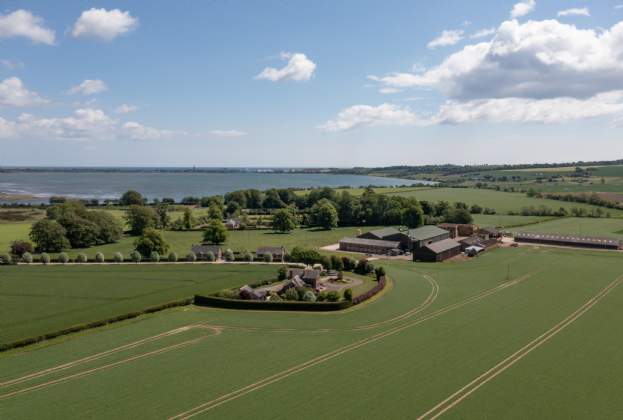It is widely accepted that levels of biodiversity within the British countryside are declining. Pair this with the increasing demand for housing and infrastructure, and it comes as no surprise that policymakers have been working on a plan to salvage nature, and in doing so are creating a new opportunity for land managers.
The solution is biodiversity net gain (BNG), a principle that requires a 10 per cent increase in biodiversity after development compared to the level of biodiversity prior to the development taking place.
Nearly a quarter of planning authorities have already voluntarily adopted the measure, and now that it has been mandated as a condition of planning permission through the 2019 Environment Bill, it offers significant new income streams for landowners.
How does biodiversity net gain work?
Developers use Defra’s biodiversity metric, based upon a habitat survey of the proposed planning site, to calculate the pre-development biodiversity score (in biodiversity units) and a projected post-development value, allowing the difference to be measured.
If the development results in a loss (taking into account the mandatory 10 per cent uplift) developers will have to source the missing biodiversity units. These can be gained through habitat enhancement and creation on site, off site, or through the purchase of statutory biodiversity credits. For off-site habitat enhancement, policy favours habitat creation that is local to the development site.
In many situations delivering BNG within the original development will have too great an effect on build density and cost, meaning local offsite habitat creation may be more viable for developers. This may involve a direct agreement between landowners and planners/developers. We predict that the BNG habitat creation market will follow the most cost efficient route, and the potential for direct agreements with landowners as a solution is substantial.
Landowners interested in biodiversity net gain offsetting markets should:
• Assess the economic productivity of their land – low productivity land lends itself to habitat creation
• Engage with their Local Nature Recovery Strategy, which will be produced by local planning authorities to identify which local land is best placed for biodiversity recovery and enhancement
• Measure their land’s baseline biodiversity – consistent habitat monitoring will be essential in delivering BNG
• Look for local opportunities – contact local developers and planners
• Ensure any BNG project aligns with the ethos of their farming business
• Be aware of tax implications – taking land out of agricultural production can mean the loss of inheritance tax reliefs
There are some uncertainties. It is currently unclear where advice on how to achieve habitat enhancement will come from, or how projects will be accredited and monitored. We also don’t yet know how offset compensation will be paid (for example as a lump sum or annual payment). Ultimately, financial returns will vary according to local supply, demand and brokerage, and taxation may play a part.
The policy is in its early stages and there is currently a lack of central advice. But pilot projects are overcoming these challenges on a case by case basis and site specific solutions are being preferred over a blanket approach.
The legislation sets a 30-year term on management of the offset site. However, existing environmental legislation may make it difficult to return land back to primary agriculture after this point. In the case where conservation covenants are used to enforce the management plan, land will be bound in agreement for a period of indefinite duration.
Interestingly, one piece of land can be used for multiple planning applications, meaning the potential income could be cumulative, supporting ‘habitat banks’ as a large-scale off-site biodiversity solution. This would enable nature restoration in line with the ‘bigger, better and more joined up’ concept of habitat restoration.
BNG is a principle with a lot of potential, which should lead to a win-win for both biodiversity restoration and greener planning. The key to unlocking this potential lies in the emerging offsetting market, ready to be tapped into by forward-thinking land managers.
Further information
Contact Savills Food & Farming
.jpg)
.jpg)
.jpg)



.jpg)
.jpg)
.jpg)
.jpg)
